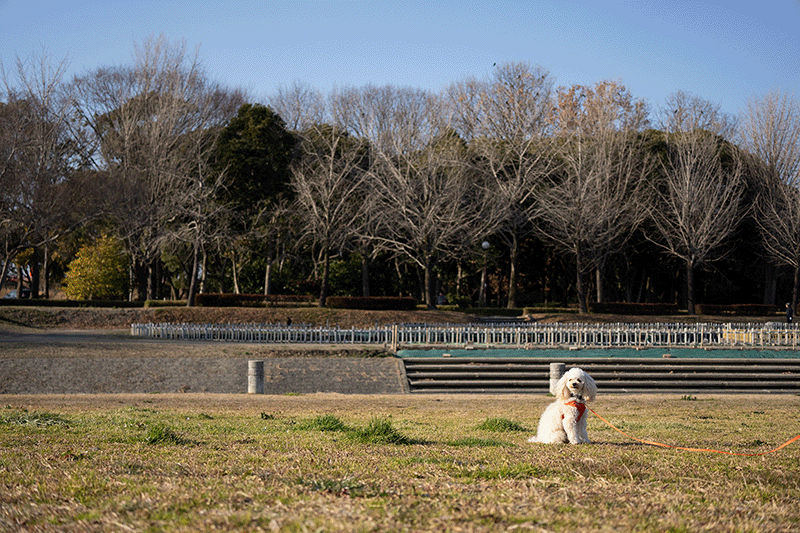Tamron’s New 50-300mm f/4.5-6.3 Lens Promises Extreme Versatility
![]()
Tamron debuted a new 50-300mm f/4.5-6.3 zoom lens for full-frame Sony mirrorless cameras.
Tamron says it created the 50-300mm f/4.5-6.3 Di III VC VXD (Model A069) lens in response to feedback from photographers who want to “zoom out just a little more.” In Tamron’s lineup, the 50-300mm zoom joins other full-frame tele zooms like the 28-200mm f/2.8-5.6, 70-180mm f/2.8, and 70-300mm f/4.5-6.3.
![]()
The most obvious point of comparison is the 70-300mm, as that offers a very similar focal length range and the same aperture range. When Tamron announced that lens in 2020, it was the smallest telephoto zoom lens for full-frame E-mount cameras, measuring 148 millimeters (5.8 inches) long and weighing 545 grams (1.2 pounds).
![]()
And no, the 50-300mm f/4.5-6.3 Di III VC VXD isn’t lighter; it weighs 665 grams (1.5 pounds). It’s not smaller, either, although, at 150 millimeters (5.9 inches) long, it’s barely bigger. The 50-300mm f/4.5-6.3 separates itself from Tamron’s earlier 70-300mm offering by having an extra 20mm on the wide end. This may not seem like much, but it’s significant in real-world use, allowing the telephoto zoom lens to achieve a “standard” focal length.

The new 50-300mm zoom has another trick up its sleeve: half-macro shooting. While Tamron’s 70-300mm lens tops out at a 1:5.1 magnification ratio at the telephoto end and 1:9.4 at 70mm, the 50-300mm f/4.5-6.3 focuses much closer. Its maximum magnification ratio at 50mm is 1:2, while it is still an impressive 1:3.1 at 300mm.
Concerning focus, as evidenced by its complete — and lengthy — model name, the 50-300mm includes Tamron’s VXD linear motor autofocus technology. The company promises swift, accurate, and quiet autofocus performance across all focus and focal length ranges.
![]()
The 50-300mm also includes Tamron’s proprietary VC mechanism to suppress camera shake. The image stabilization promises to keep shots steady, especially in the telephoto range. Further, at focal lengths up to 100mm, the lens incorporates AI-based compensation for video to keep handheld clips sharper.
![]()
The lens incorporates 19 elements across 14 groups, including a pair of XLD and two LD elements to correct for optical aberrations. Like other recent Tamron lenses, the new 50-300mm also includes Tamron’s BBAR-G2 coating to reduce internal reflections, a moisture-resistant design, and fluorine coating on the front element.
Sample Images
![]()
![]()
![]()
![]()
![]()
![]()
![]()
![]()
Price and Availability
The Tamron 50-300mm f/4.5-6.3 Di III VC VXD lens will be available for full-frame Sony E-mount cameras on June 27th for $799, $200 more than the 70-300mm’s current price.
The 50-300mm is a natural pairing with Tamron’s 17-50mm f/4 Di III VXD lens for full-frame cameras, which is available for $699. Having complete coverage from 17mm to 300mm in just two lenses is quite impressive for a full-frame camera.
Image credits: Tamron